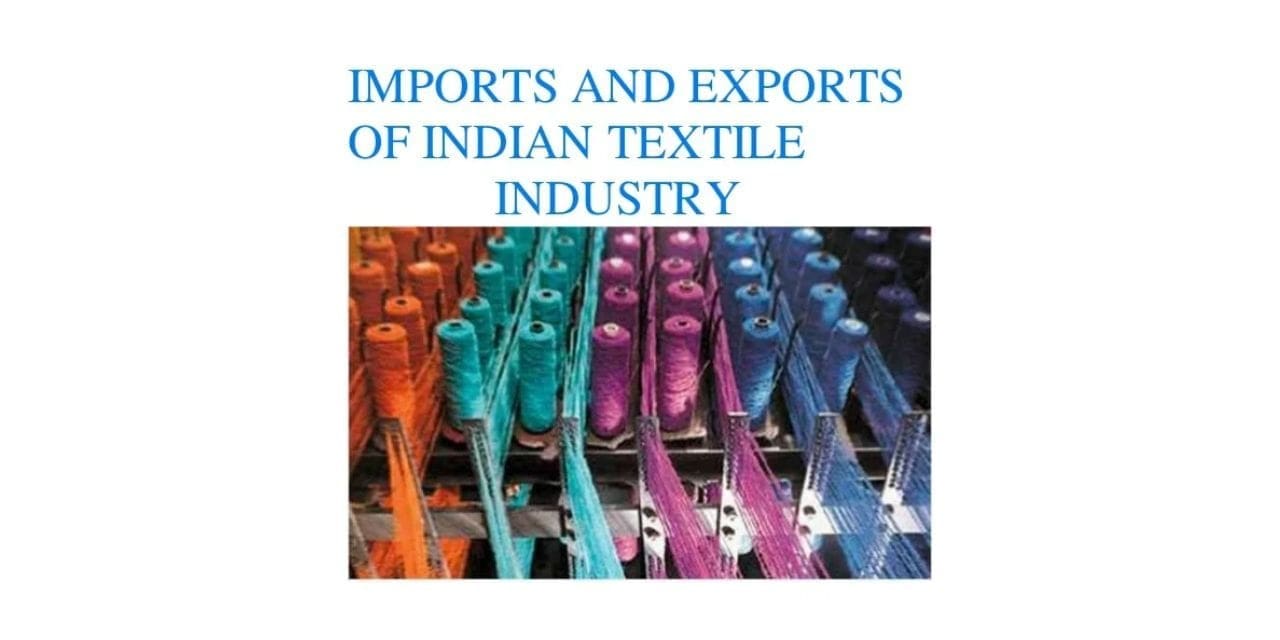By: Seshadri Ramkumar, Professor, Texas Tech University, USA
(Lubbock, USA, September 28, 2022)— Textile importing, and manufacturing countries are importing inflation.
As the inflation reached near double digits recently reaching a 40-year high, national banks like the United States’ Federal Reserve and the Bank of England are implementing restrictive monetary policies. While tight monetary policies are being practiced now to bring down the inflation, fiscal policies like tax cuts and infrastructure investments are unleashed to enhance the economic growth. Fruits of growth-related policies would be enjoyed in the months to come; hope is that tight monetary policies should pay off within short duration.
United Kingdom’s Chancellor of Exchequer announced on September 23, 2002, a set of tax cuts, which is aimed at boosting the demand, which did not get favorable response from financial markets. As the tax cuts are supported by debt financing, borrowing will be from international markets. This financial scenario has brought the British Pound to its record low, trading at 1.03 US dollar on Monday, September 26, 2022.
Inflation and other financial policies are lowering the value of currencies like Pound sterling and Turkish Lira, which are important for the global textile sector. Importing of textiles and cotton by these countries may cost more as these commodities are traded in US dollar. Weakening of other currencies against US dollar will impact the buying of commodity products by consumers in Europe, United Kingdom, and other nations, which are importing textiles.
Ongoing stressful economic situation is affecting the demand of commodity products, which is reflected in the decline of price of cotton. Indian cotton was priced at about Rupees 1,05,000 per candy (356 Kgs) in June 2022. Recently, the cotton price has sharply declined, and it is traded at Rupees 64,000 per candy for November delivery. This fall is primarily due to the softening of global demand and ongoing stressful economic scenario.
“In June 2020, one load of cotton (100 Indian bales) would cost us about Rupees 20 lakhs, but during the Summer 2022, we have to pay Rupees 60 lakhs for one load,” stated a cotton purchaser from a cotton spinning mill in South India. “With the arrivals picking up during the peak season of November to January timeframe, we are hoping to see a further decline in price,” added the cotton purchaser. Of course, demand will have its role to play.
Price stability is in the minds of national bankers, which will support additional rounds of monetary tightening that may lead to increase in unemployment. Although the effect will be lagging, all these factors point towards recession, which will influence the demand.
Countries which normally import textiles are currently importing inflation with the weakening of their currencies, thereby making import of textiles relatively expensive.
Inflation control and debt financing are interesting mix in the economic equation. There is going to be an interesting tug-of-war between inflation control and growth.
Textile industry should be in a watchful mode and analyze the arrival of new cotton in India, and the demand pickup in the festive season ahead.
Global macro-economic situation should be in the radar for the textile industry, as currency fluctuations, price stability and demand enhancement, all have their respective roles to play.

